Subscriber loudspeakers: types and applications
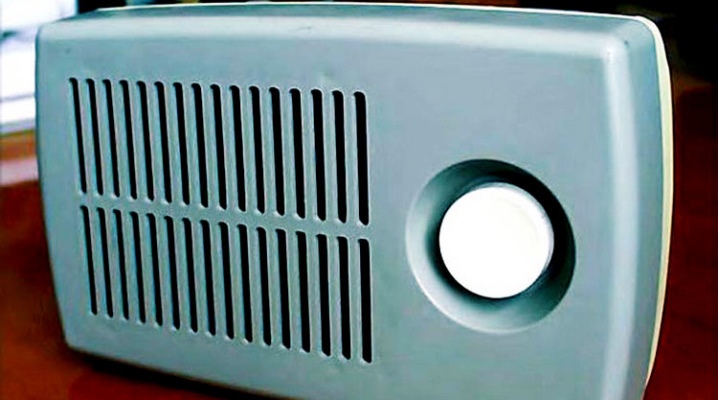
Subscriber loudspeakers are special devices designed to transmit sound and speech. These devices can be of mechanical or electroacoustic type, their purpose is to convert an electrical signal into a sound wave. The wave is distributed in the air by means of a mechanical type system.
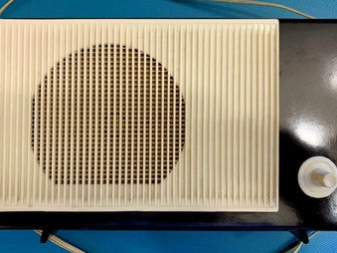

Loudspeakers are still in demand today, as they are used to create warning systems, broadcast networks and radio nodes.
Peculiarities
The subscriber loudspeaker is the last link in the radio broadcasting network. In modern conditions, low-power radio receivers are most often used, which are produced at factories specifically for a radio point. They are equipped with sound level controls - that is where the technical control possibilities end.

The features and characteristics of the loudspeakers are as follows:
the average power of such devices varies from 0.05 to 0.1 watts;
voltage providing an average power of 15 watts;
the design always includes a step-down transformer;
the primary winding includes from 1600 to 2000 rotations;
secondary, which is connected to the sound coil, - 20-60 turns;
coil resistance varies from 1 to 5 ohms;
the resistance of the input current type of 400-Hz frequency can be from 2000 to 5000 Ohm;
each device has a cord and plug;
modern devices are of the electrodynamic type, and electromagnetic devices are considered obsolete;
in addition to a volume control, some models have a screw that adjusts the position of the device.
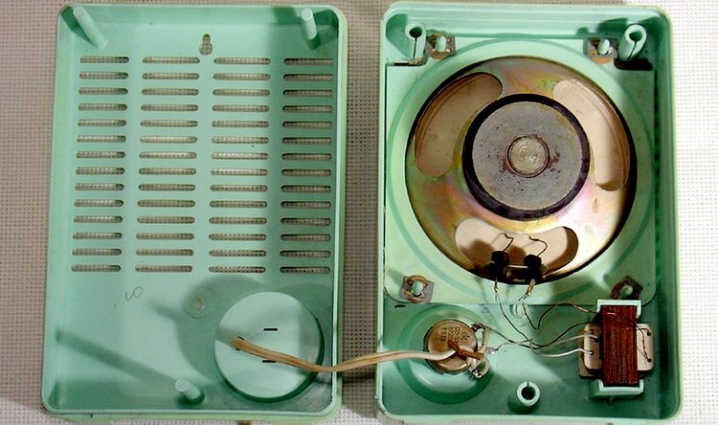
The main task of the device is to accurately radiate sound in space; to select the device, it is necessary to evaluate the dimensions, parameters of the room and compare them with the characteristics of the technical plan of the loudspeaker itself.
All such systems are called acoustic, the type depends on the purpose of the purpose, but they are all created from elements such as:
the actual body of the device, the emitter;
electronic overload protection;
a sound emitter into the environment at a certain frequency;
amplifier for each frequency in terminal and cable format.
As for the design, it can be different in shape, size, and other properties. The scheme itself is nevertheless built according to a single principle.
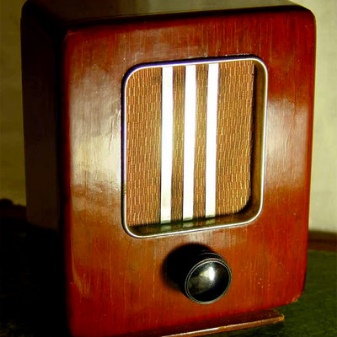

Types and models
Depending on the scope of application, loudspeakers are divided into home, studio. By type of placement - for horn, ceiling and wall systems. As for the method of signal conversion, here the classification is quite diverse, but the models of horn and electrodynamic types are most in demand.
Wall-mounted electrodynamic type devices, or radio, are made from different materials. They are:
wooden;
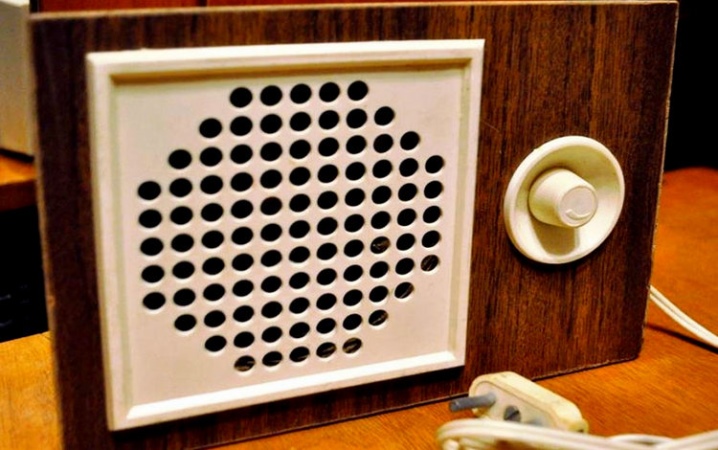
- plastic.
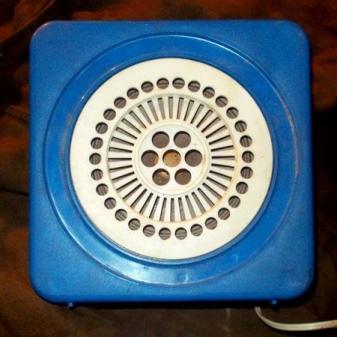
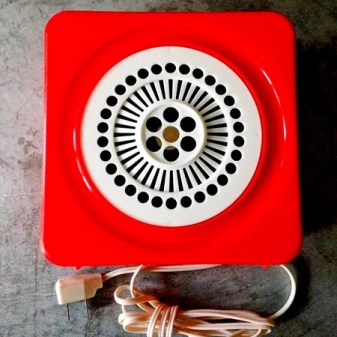
There are 12 modifications of this type, they depend on the technical characteristics.
The advantages of a wall-mounted device are that they have a reliable case, look good in any interior, and are elementary in installation. If the device is supplemented with an attenuator, it produces a much higher quality sound and higher volume. Most often, wall models are used at home.
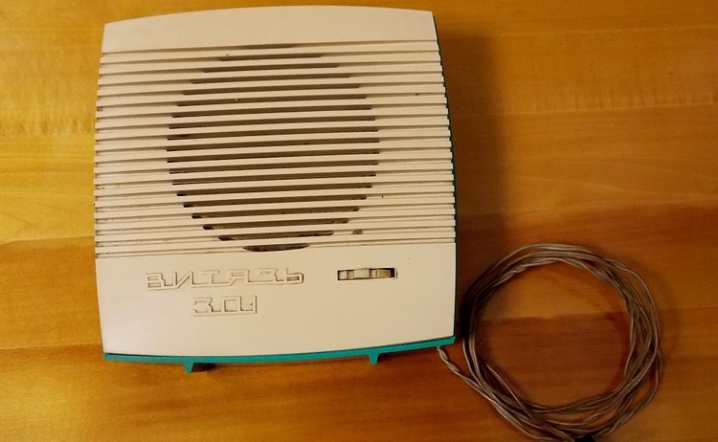
Ceiling devices are most often used for the equipment of public address systems. The angle of the signal direction is wider, so the sound is reproduced as high quality as possible, evenly spreads throughout the room, powerful amplification is not required here.The design of such devices is quite laconic, so it looks good in any room. The body of such a device made of plastic or metal is supplemented with brackets for installation, there are speakers that are attached with ordinary screws. Most often they are used in offices, shopping centers, shops.
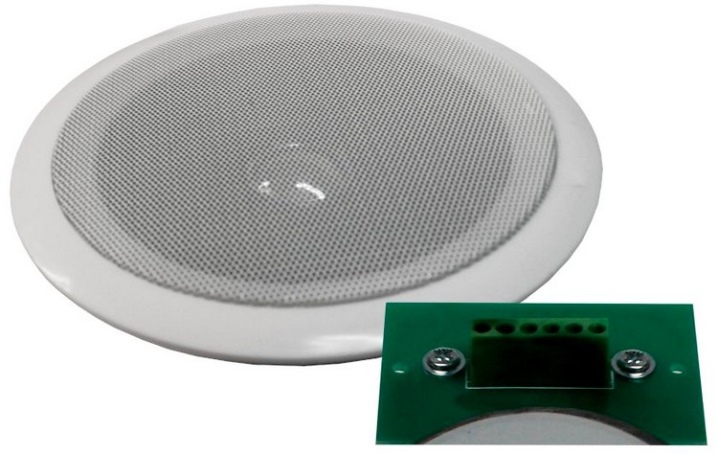
Horn loudspeakers concentrate the sound flux with a suitable type of variable cross-section tube. Sound radiation in such devices is directed as high and far as possible. Horn devices are reliable, unpretentious and suitable for outdoor use. They are not afraid of different high and low temperatures, high humidity.
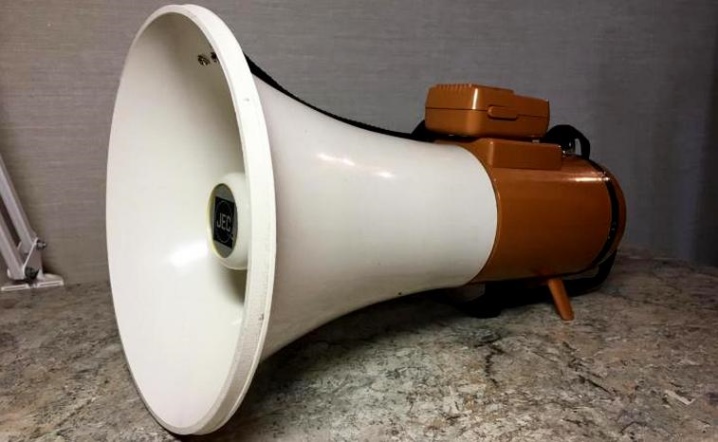
As for the models, the following can be distinguished among the popular ones:
- Tannoy CMS601BM - ceiling-type model, round, equipped with a transformer-type switch;
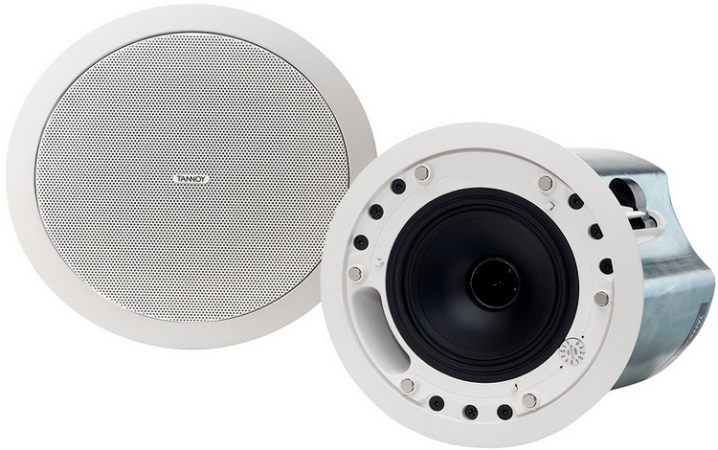
- Tannoy OCV - white plastic case, type - suspended, cylinder shape;
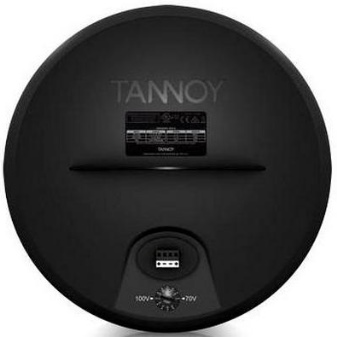

- SHOW SC15AH - horn model in white;
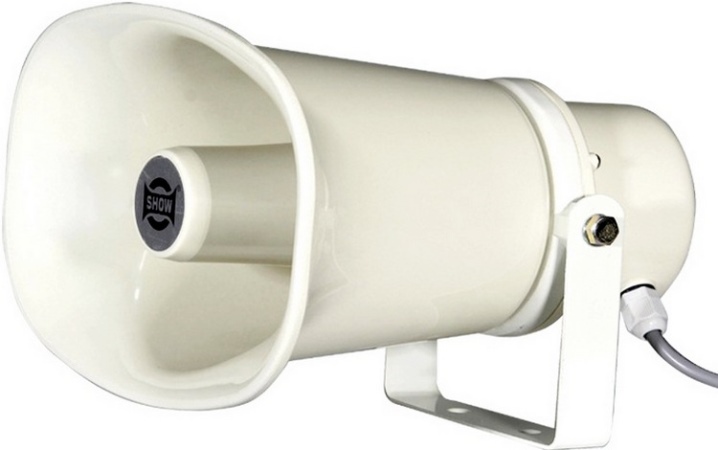
- Show CSB20T - single-strip wall-mounted, in a black plastic case, laconic design, budget price;
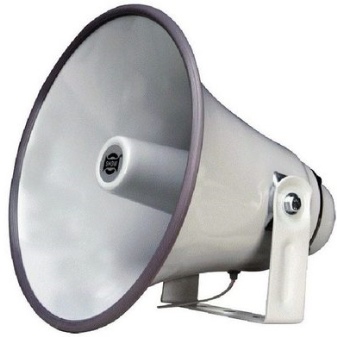
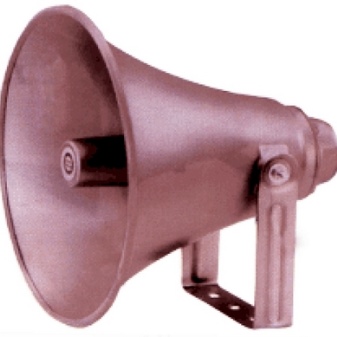
- AMC iPlay 6W 2 - two-way, wall-mounted, monitor type, full range, simple design;
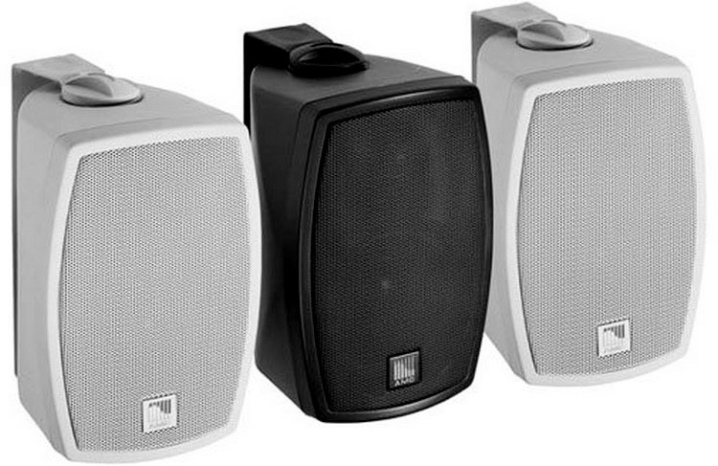
- AG-301, factory "October" - wired, lightweight, wall-mounted;
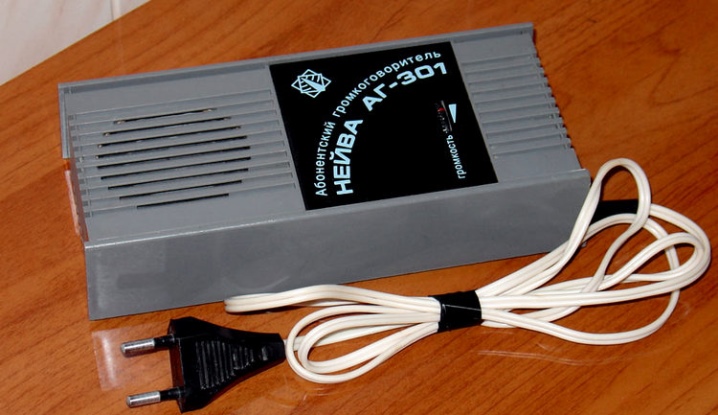
- AG-304 "Neiva" - for wire broadcasting, budget model;

- "Neiva" PT-322-1 - three-program model, weight - 1.2 kg; interesting design, in addition to the volume control, there is a program switch.
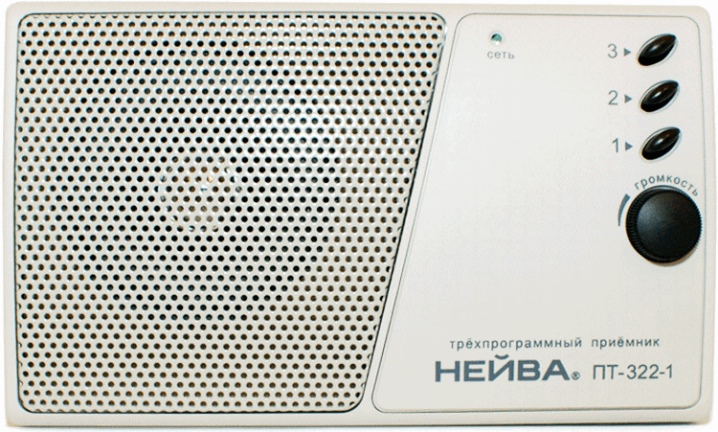
Application
A wired radio receiver is a critical piece of equipment that is used in step-by-step production, in the shop - wherever a continuous process needs to be ensured. Besides, it is used in large retail chains, educational and other institutions as a means of notification. This type of communication allows you to immediately bring the necessary information to absolutely all people present. Dispatchers use acoustic systems to provide control over production. At home, it is used as a radio point.
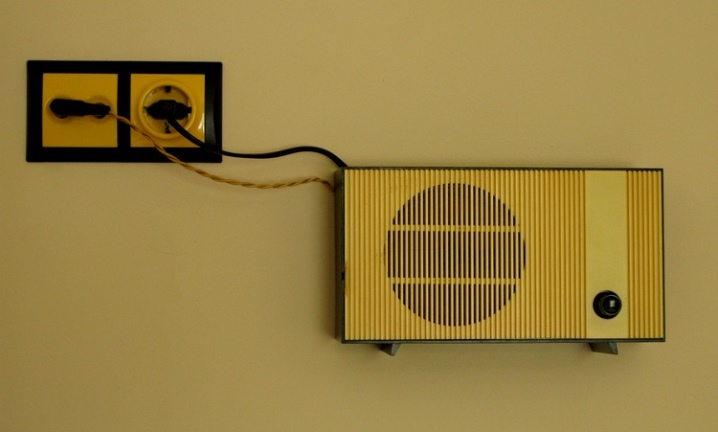
Loudspeakers can be used as advertising or marketing type announcements for organizing presentations. Thus, the necessary information is brought to the target audience, a large number of people are covered at once. Outdoor and ceiling loudspeakers are especially useful in crowded places. The acoustic system plays a crucial role in ensuring the safety of people by firefighters, security services, and administration.
For more information about subscriber speakers, see the video below.










The comment was sent successfully.